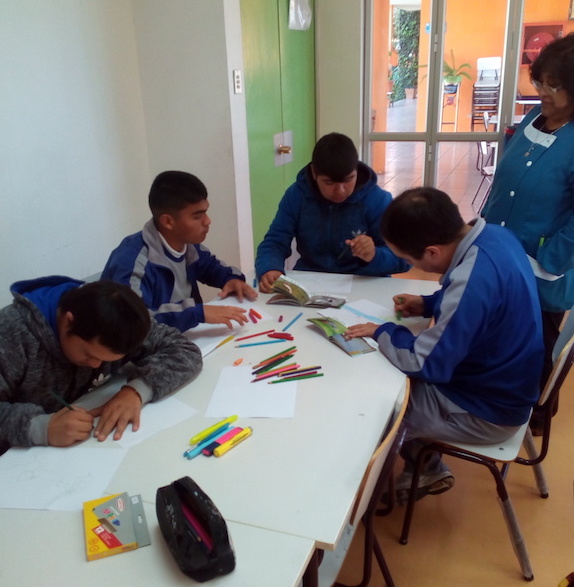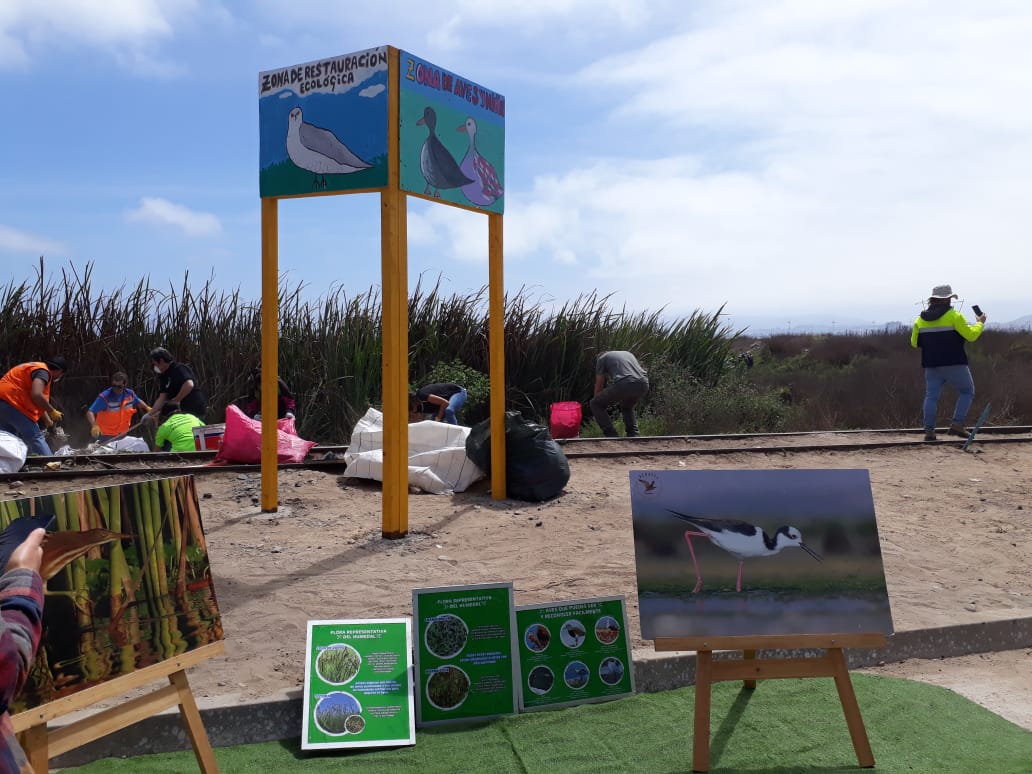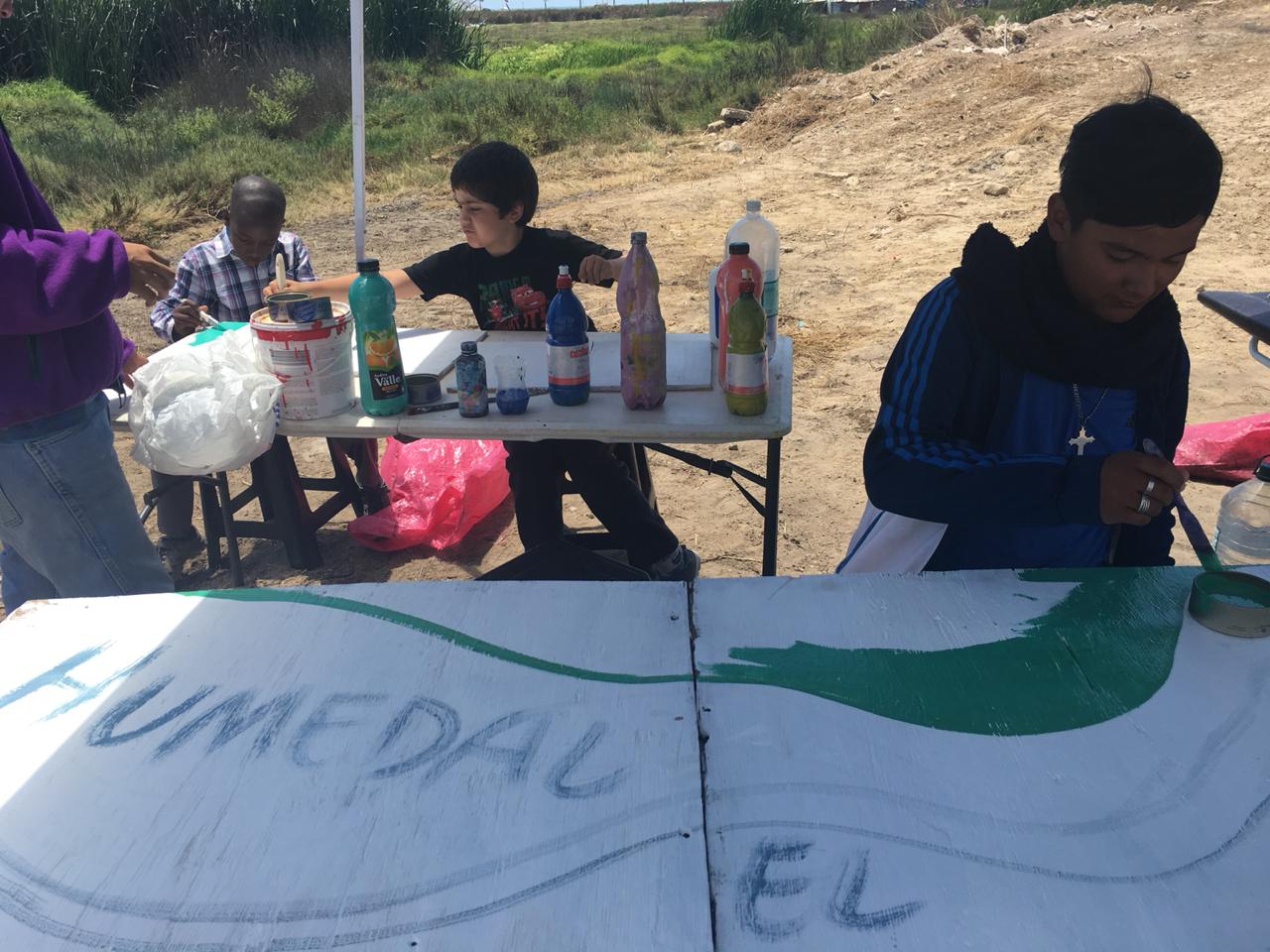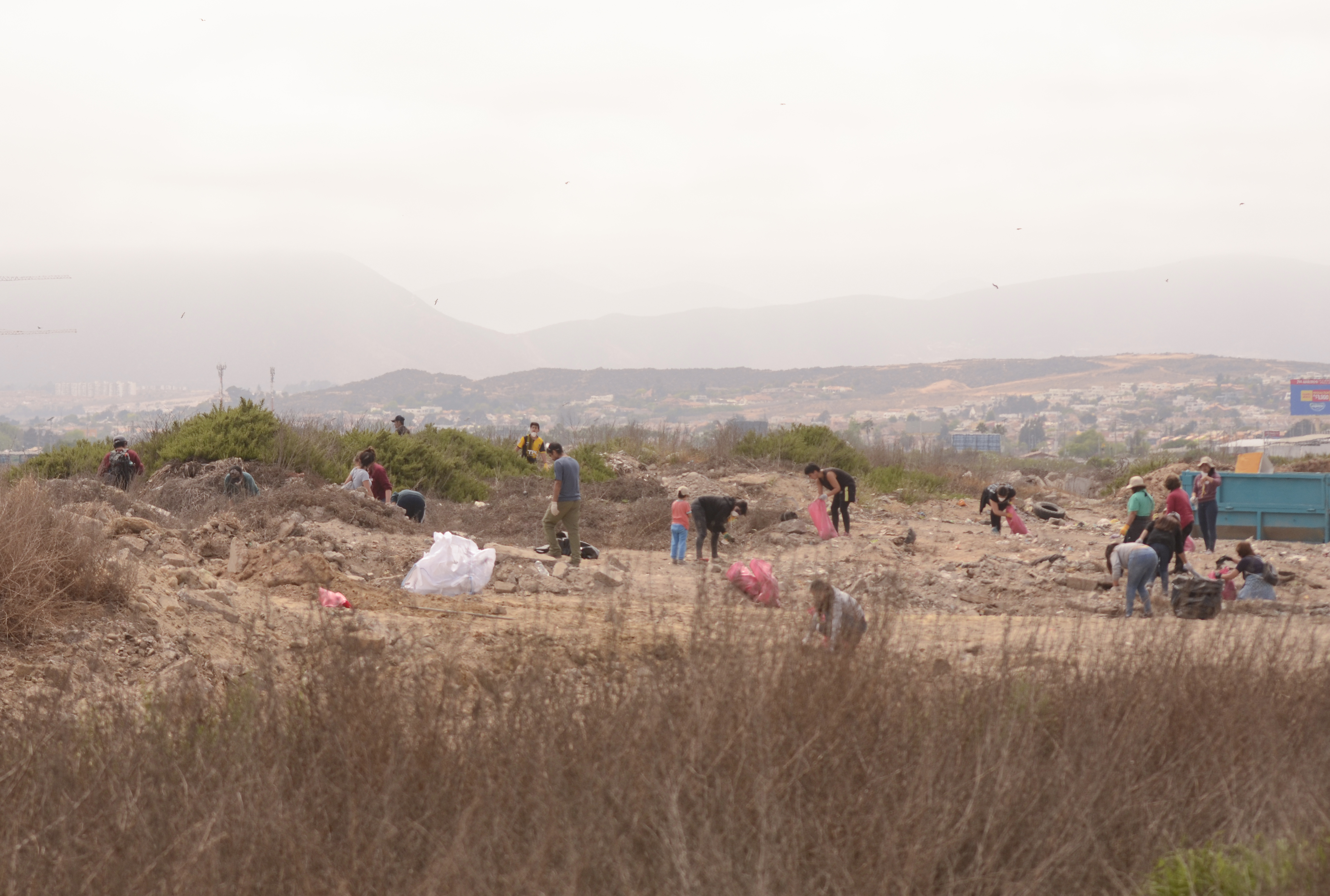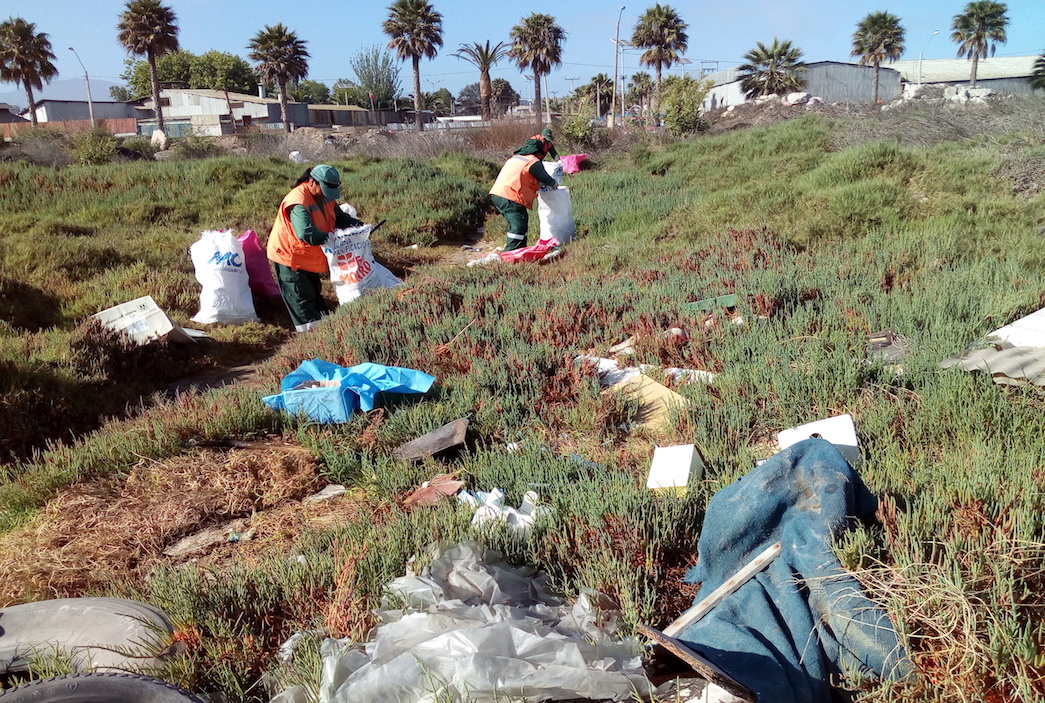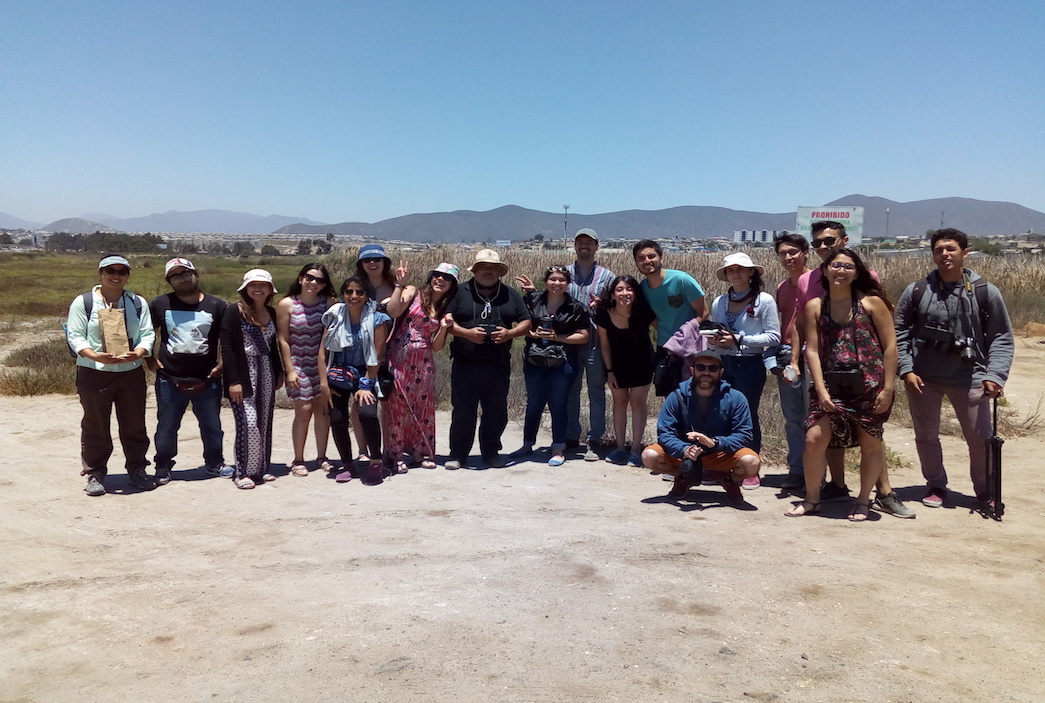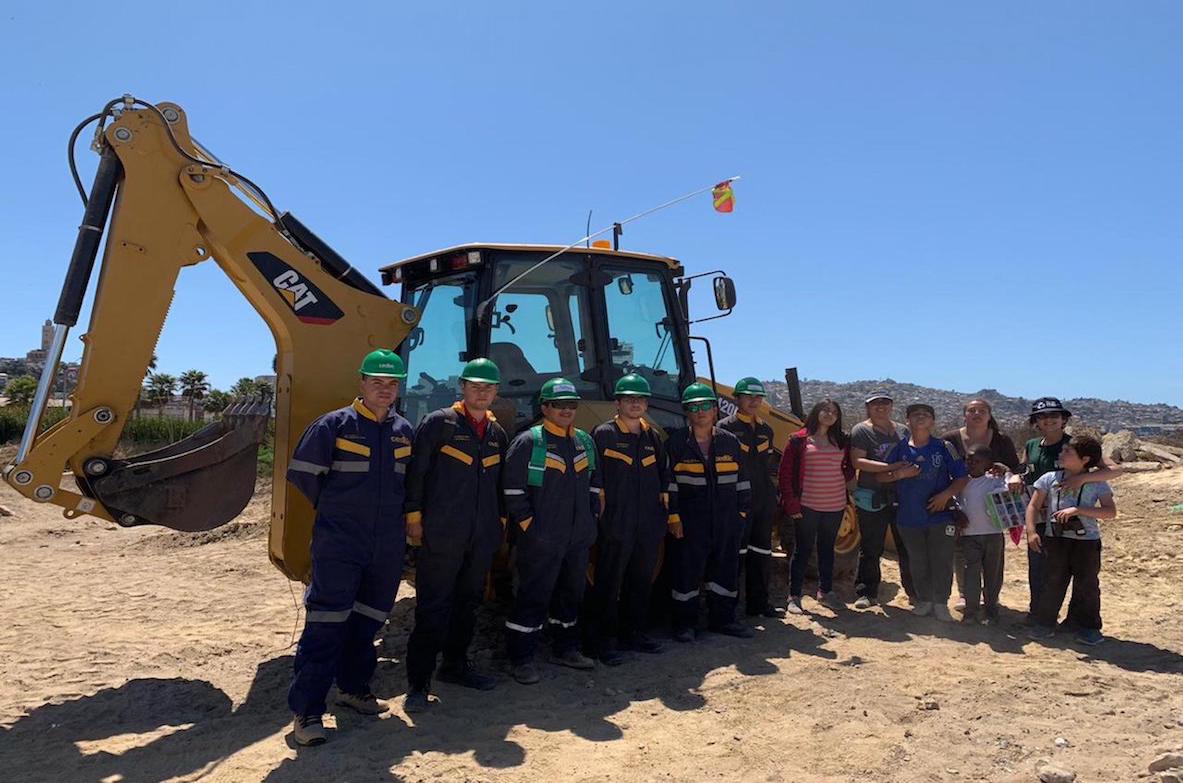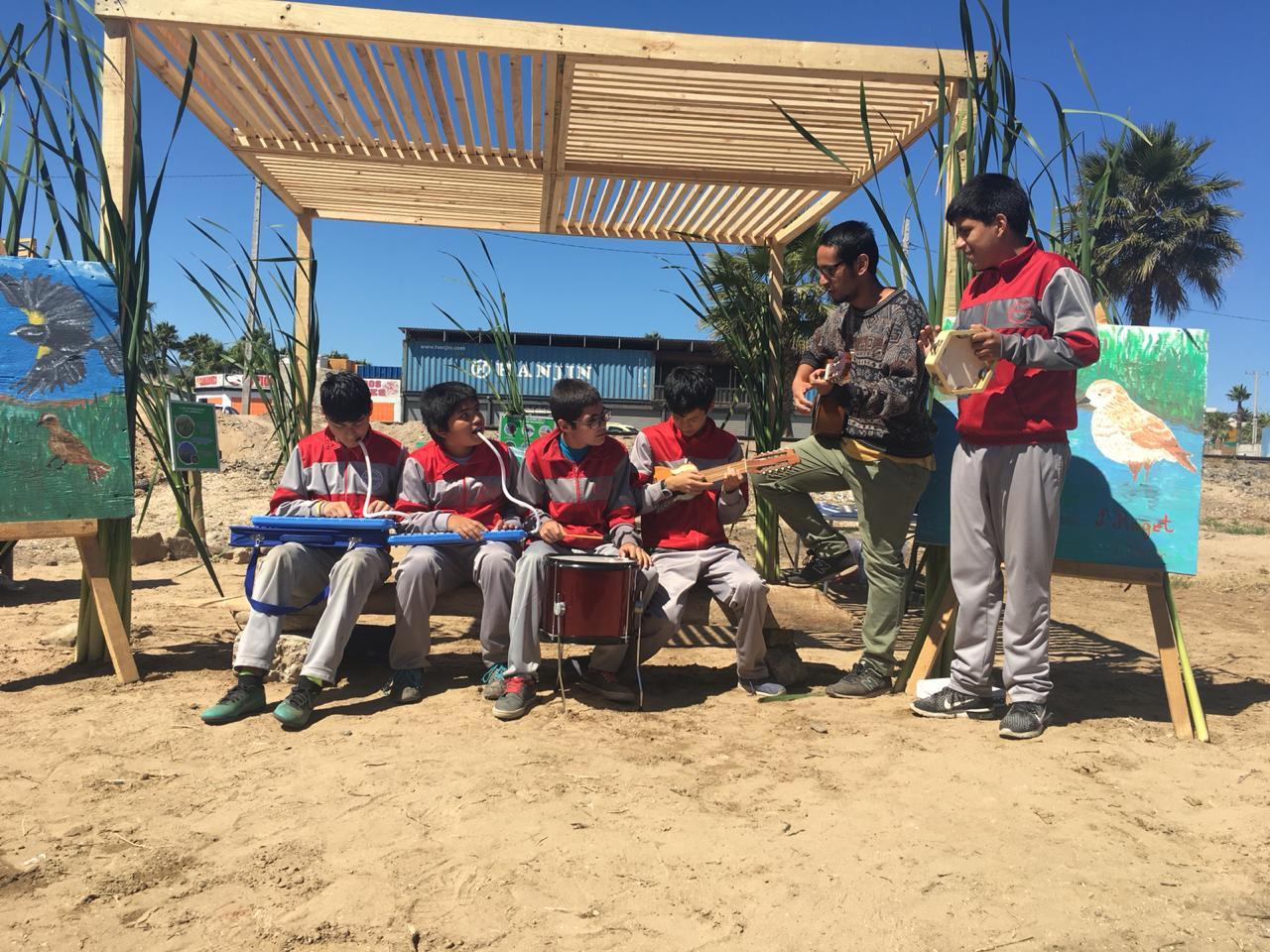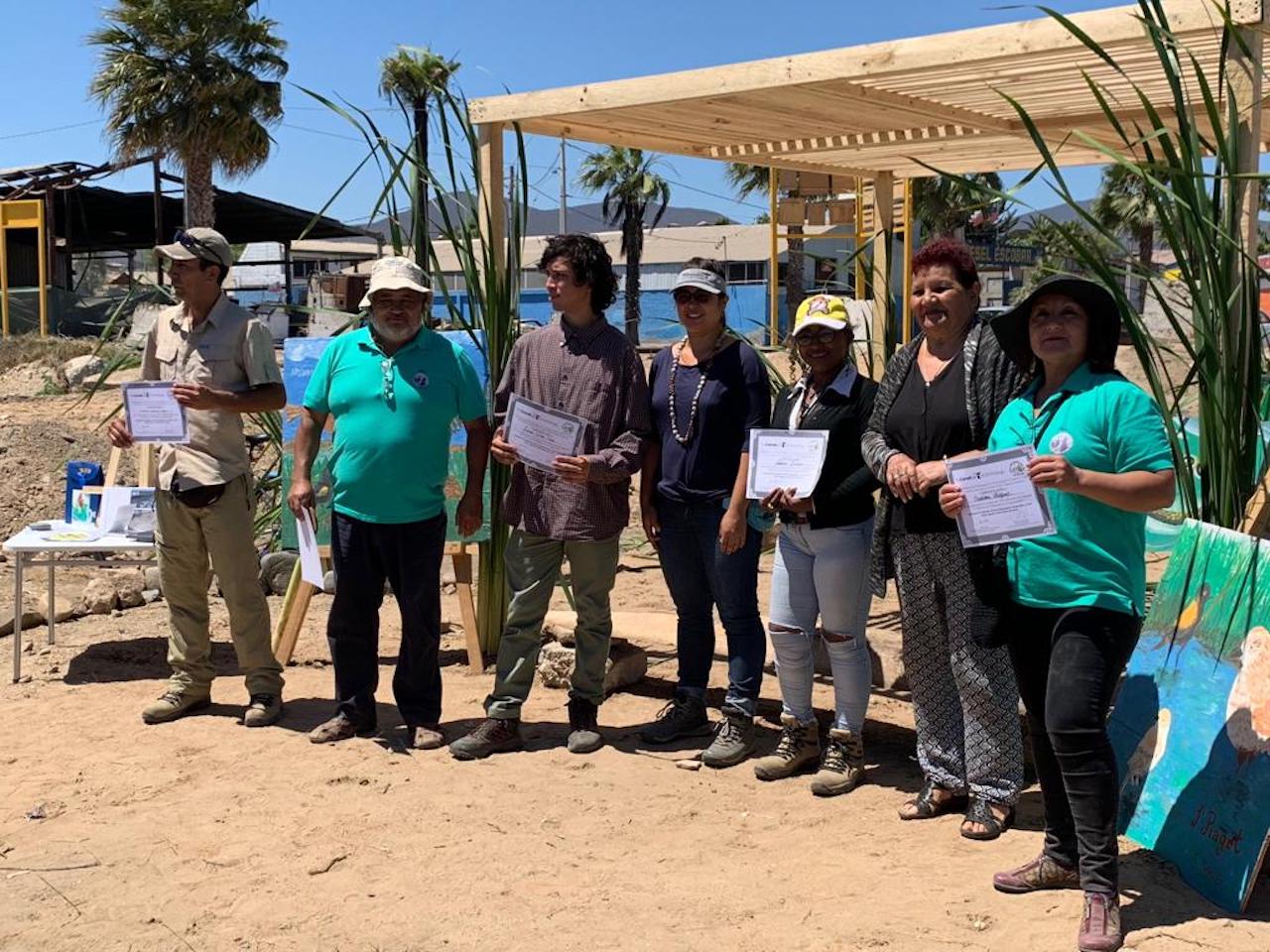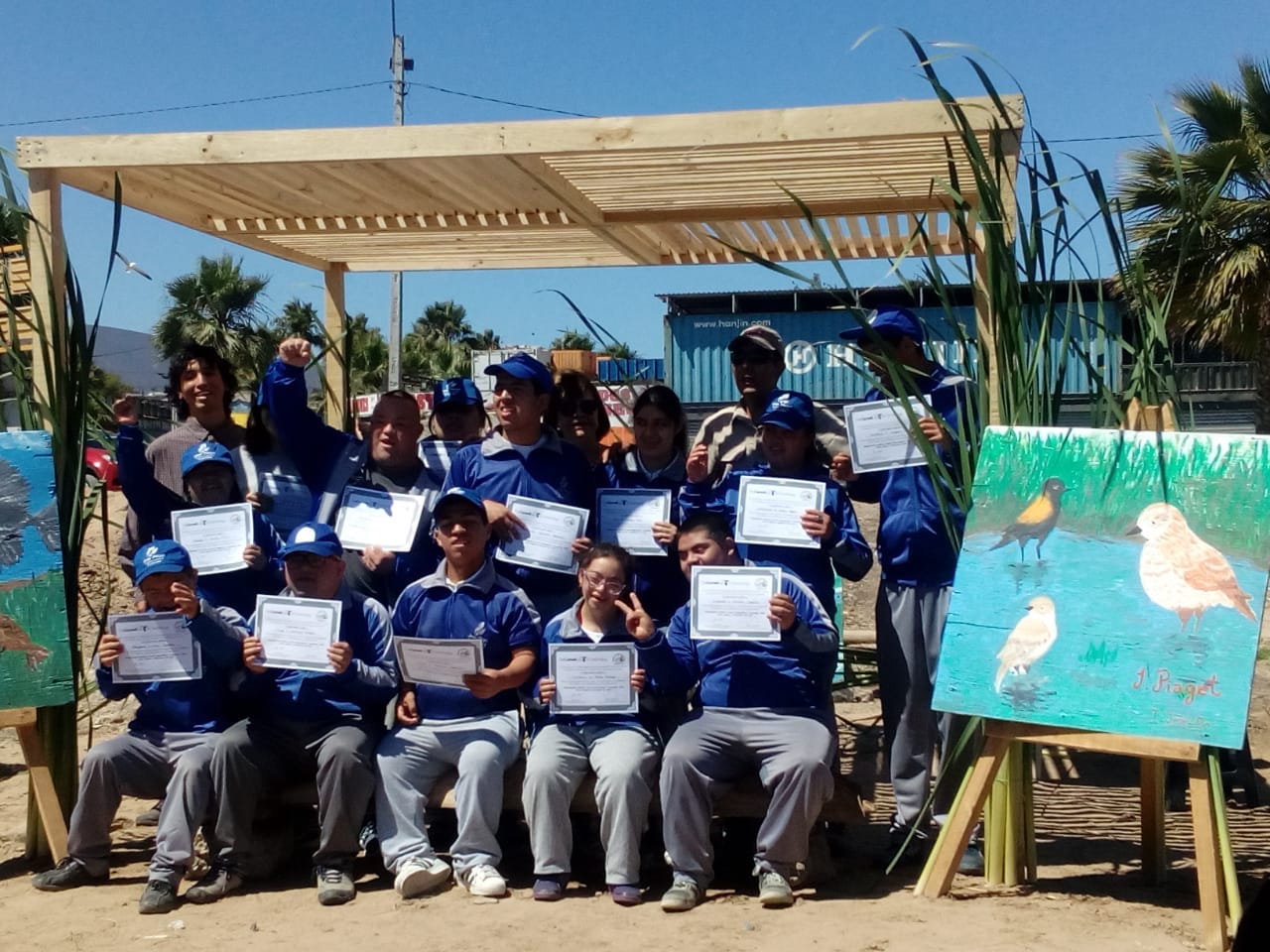 Photo ©
CEAZA
Photo ©
CEAZA
Since August of 2018, the organization Centro de Estudios Avanzados en Zonas Áridas (CEAZA, Center for Advanced Studies in Arid Zones) has dedicated itself to organizing and implementing various activities related to the coastal wetlands in El Culebrón. The organization wants to protect the area because of its biodiversity and benefits to the community.
The Culebrón is a beautiful urban wetland close to schools and neighborhoods in Coquimbo, Chile. Yet, despite its proximity, the area is not valued by the local community and suffers from issues like contamination, abandonment, and deterioration. Fortunately, in recent years CEAZA along with multiple organizations from Coquimbo have worked tirelessly to create a defense campaign for the restoration of the wetland. They have also received a mini-grant from the Cornell Lab of Ornithology to improve the situation by integrating different groups within the El Culebrón community. One of CEAZA’s main goals has become to restore value in the natural beauty of the wetland and promote it throughout the community of Coquimbo. CEAZA and the Agrupación Cociencia Ecológica (Organization for Ecological Conscience) have become the leaders in increasing wetland conservation efforts of the local community, schools, artists, families, local leaders, organizations and institutions and representatives of the local government. Their achievements have been amazing!

The activities CEAZA has organized began with children of different ages and their teachers. The plan was to learn about the local birds and their conservation while taking into account the wetland’s environmental issues. In addition, the hope for the future was to incentivize concrete action and effective leadership by the same children and their teachers. The organization first visited various schools to establish connections and create workgroups and inform them of the project. The children enjoyed drawing birds, which helped them learn more about them and their habitats.
Later, there was an outing to observe birds in the patio of the work/school center of Jean Piaget, using binoculars. Working with binoculars was very interesting because, after learning how to use them correctly, the young adults were able to identify birds by their markings. Days later, a video conference took place between Jean Piaget’s students and Cornell Lab of Ornithology personnel. This was very exciting for the students who were able to communicate their interest in birds and share the discoveries they had made in their outings.
Later, the children and teachers of the Jean Piaget and Juan Sandoval Carrasco schools visited the El Culebrón wetlands. Here, they observed that the area was affected by trash contamination, but also saw that there were birds living in the area. In addition, they visited the protected area where they learned about the plants living in the area. With this new information, the students were able to form their own conclusions about the area and what they could do to help it. They came up with the idea of creating artistic posters promoting the environmental care of the wetlands. The result was absolutely stunning! The students decorated the area with their posters and days later, other schools and people of the community visited the area to see the artwork created by the students of Jean Piaget and Juan Sandoval Carrasco, which spread happiness throughout the community!
The posters were able to promote interest and collaborations with diverse communities. In September of 2018, the Waste Foundation, officials of the Chilean Bank and the Colegio del Alba, were able to unite 80 volunteers in the wetland to clean up more than 500 kilos of waste from the shore. An amazing achievement! After determining the amount of waste that was collected, a meeting was coordinated with the mayor of Coquimbo to inform him of the severity of the waste issue in the wetland. The support of the town’s administration was emphasized to help to prevent the use of the wetlands as a waste site and to acknowledge the hazards the public may be exposed to by visiting the area. These initiatives helped restore and save the wetland, along with other wetlands in the region. It has had fantastic results!
Local artists working to renovate the wetlands were inspired to create a mural in the area to give it more life and color. Many people were excited about this project and began working on it right away. When they finally finished the mural it attracted many from near and far to the area, thereby promoting environmental conservation in an astonishing way.
In another aspect of the project, many organizations donated tools for the clean-up of the wetlands and the installation of artwork promoting its conservation. After the clean-up, the trash was used to create works of art that many could appreciate. What a way to reuse and recycle! The continued efforts of the students and teachers in the area are helping keep the area clean and safe to visit. Students and teachers of the Centro de Educación y Capaticación de la Universidad Católica del Norte (CEDUC), donated machinery and visited the area to take pictures of the results of all the hard work.
Finally, in December of 2018, a closing ceremony was held to recognize all the hardworking individuals involved in this project. Each student received a diploma and each school received an artistic certificate. After sharing the experiences of working on the project, schools now use the area more frequently to maintain the students’ interest in environmental conservation. The organizations that were a part of the process continue to monitor the area. Moreover, students from the Universidad de Chile who are studying environmental engineering visited the area in January of 2019 as an example of habitat improvement and coastal wetland urbanization with the direct collaboration of the local community. The hope is that project such as this becomes more prominent, to involve more people with their wetlands and the community is able to receive its great benefits.
After a year of the activities, Luciano Silva created an inspiring video showing some of the activities for the conservation of El Culebron. Wahtch the video here:
